
On 5th September, the International Day of Charity invites us to do what our foundation stands for year-round:
Look beyond ourselves and open our eyes to others.
Charity is not a substitute for fair systems -but it is the human bridge we build while we work for them. This year, that bridge matters more than ever: over 300 million people need humanitarian assistance in 2025, yet global appeals remain underfunded.
The UN-wide plan aims to reach ~181 million people with ~$45.5 billion in requirements - and we are still far from that goal.
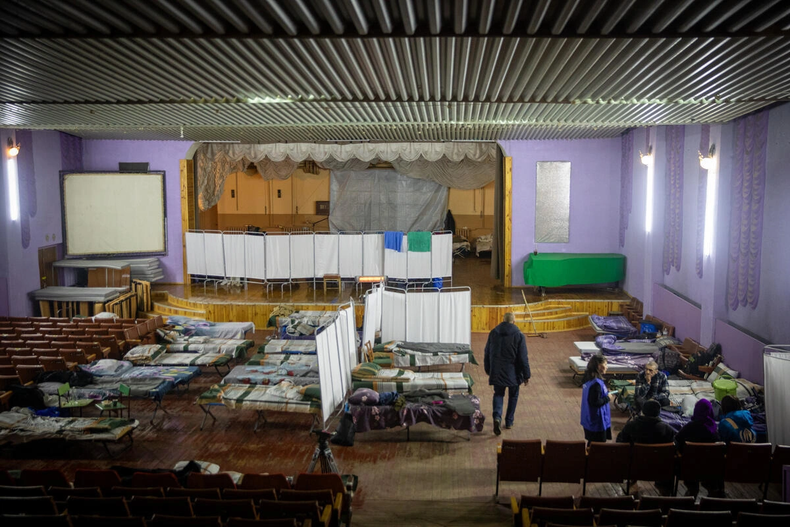
When support is steady and principled, results follow. Consider the global HIV response: the U.S.-led PEPFAR program is credited with saving 25 – 26 million lives.
That is what predictable, patient investment makes possible - partnerships with local clinics, ministries, and civil society that build capacity and save lives.
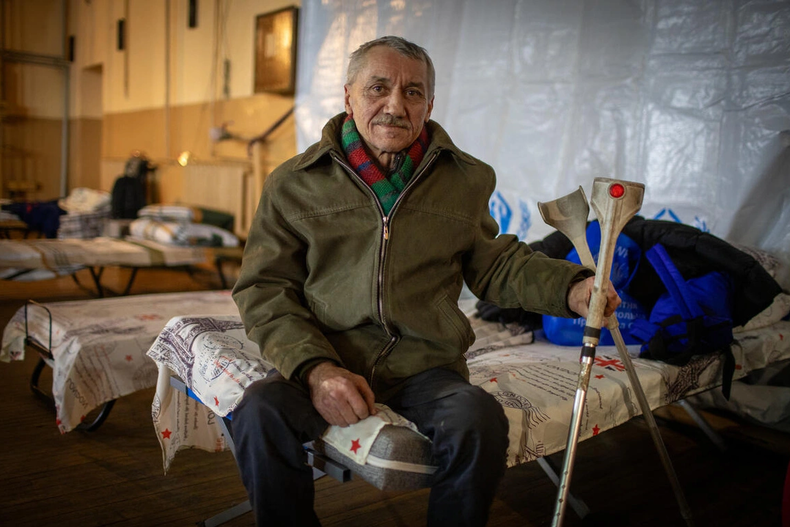
The operating environment for humanitarian actors has become markedly tougher. The OECD projects a 9 – 17% drop in ODA in 2025 - a decline that would disproportionately hit least-developed countries and core sectors like health.
Specific policy decisions in the U.S. this year have had immediate operational consequences:
- UNRWA funding prohibition: Congress enacted a prohibition on U.S. funding to UNRWA until 25 March 2025, with knock-on effects for refugee assistance at a time of extreme need.
- Wider UN funding stance: The Administration also announced a review and moves to withdraw from or end funding to certain UN bodies - changes that create uncertainty for life-saving programs.
- PEPFAR disruptions: Alongside its historic gains, advocates and researchers have documented harm from funding delays/ freezes in 2025 and warned of risks to millions if funds are not released.
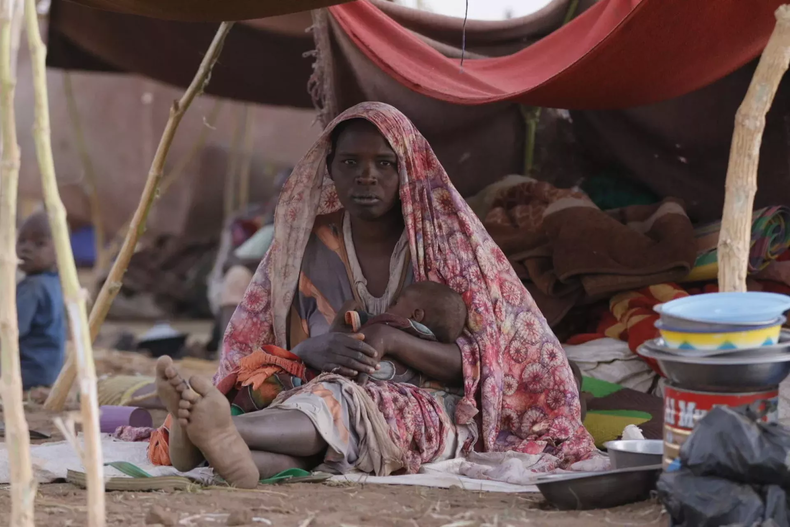
When global budgets shrink, ration cuts follow. The World Food Programme projects a 34% resource drop in 2025, potentially reducing assistance for up to 16.7 million people, with Yemen among the hardest hit.
And in crisis settings like Afghanistan, underfunded plans leave dangerous gaps in basic response capacity - its 2025 plan stood only ~17% funded by mid-year.
These decisions don’t play out in spreadsheets - they play out in field hospitals, school tents, and food lines.
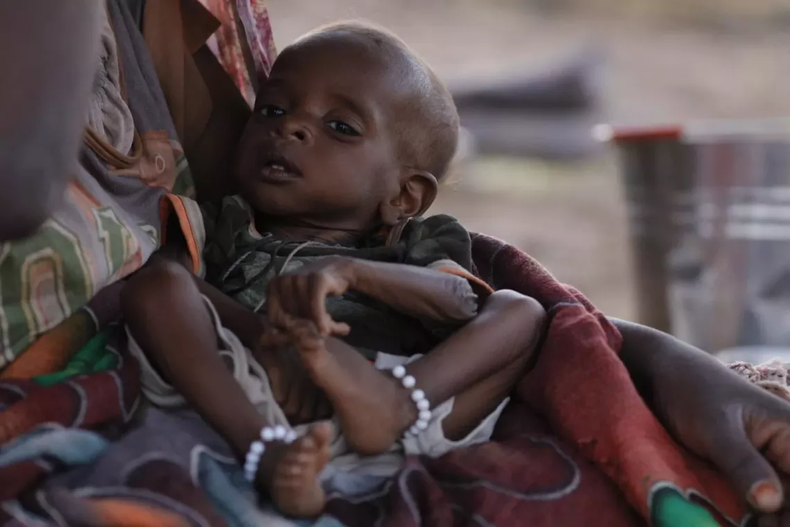
Hold the line on children’s rights to education and protection. That’s our mission: equal access to education, integration, and dignity for children, young people, and women - especially those with a migration background or from socially disadvantaged families.
Act locally, think globally.
- Give predictably. Monthly gifts help partners plan, retain staff, and keep classrooms and clinics open when headlines move on.
- Champion principled, needs-based aid. Stable, lawful funding for proven programs saves lives and prevents backsliding - whether in HIV treatment (25 – 26 million lives saved) or emergency food assistance (WFP’s 2025 shortfall).
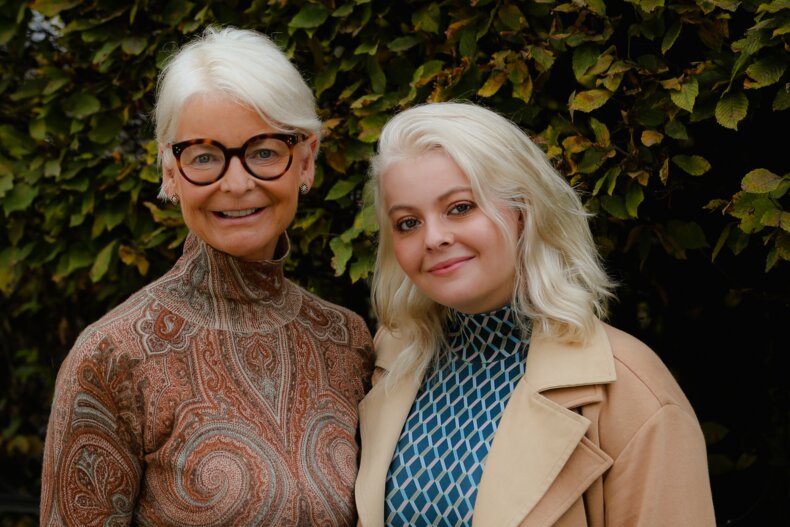
On this International Day of Charity, thank you for standing with us - for choosing steady courage over fatigue, and for proving that solidarity is not a slogan but a daily practice.
When we match compassion with constancy, children learn, families find their footing, and communities grow stronger - near and far.
Yours
sincerely

